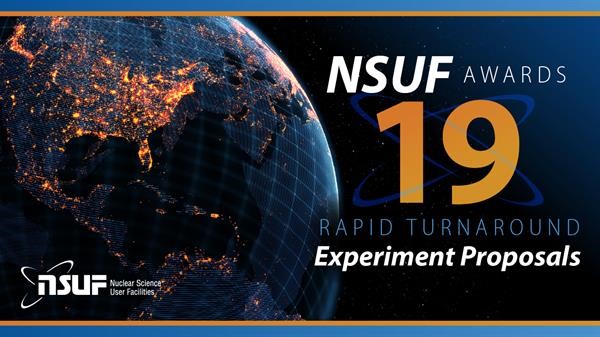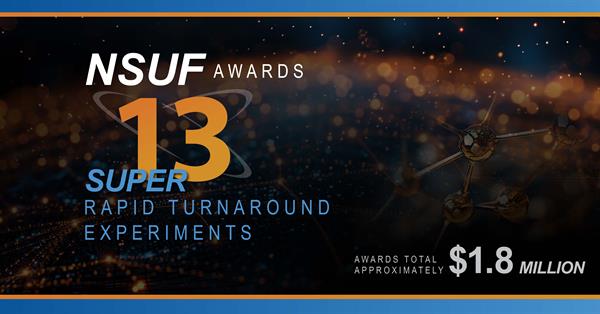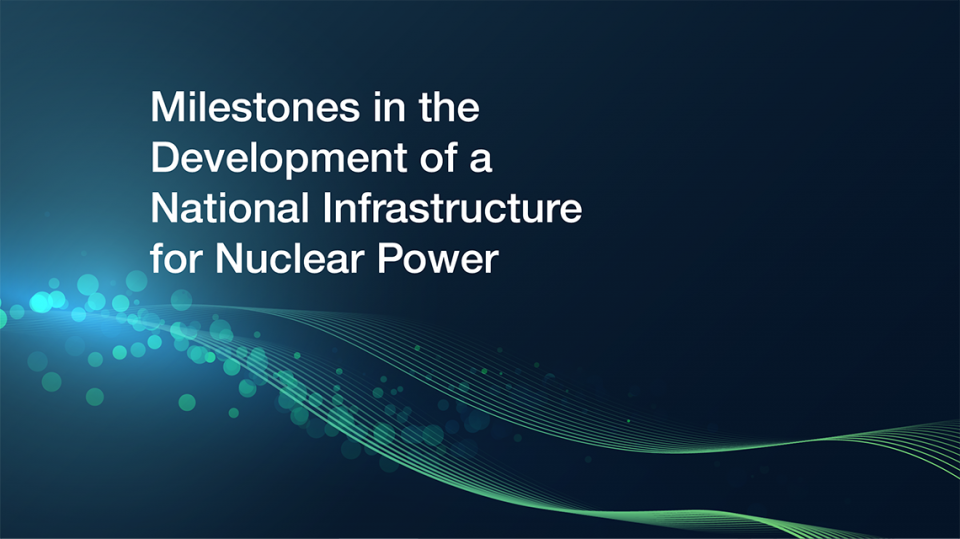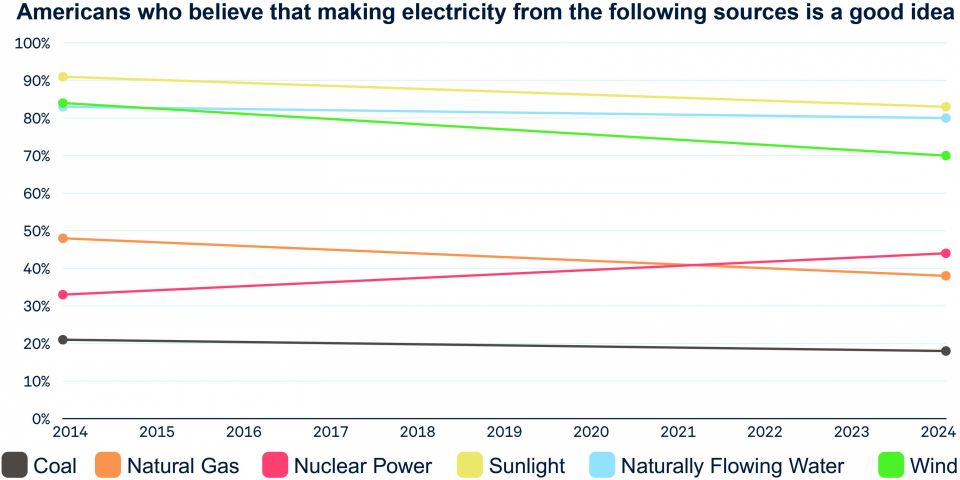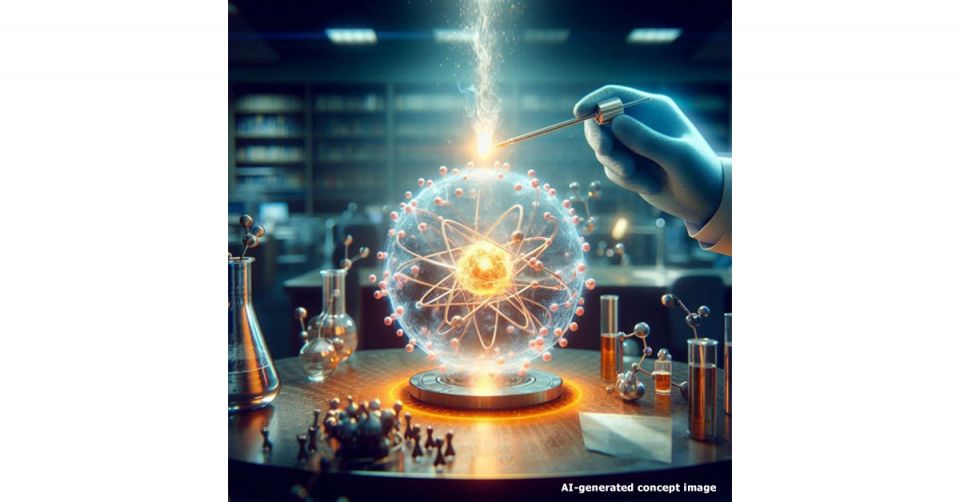DARPA wants to bypass the thermal middleman in nuclear power systems
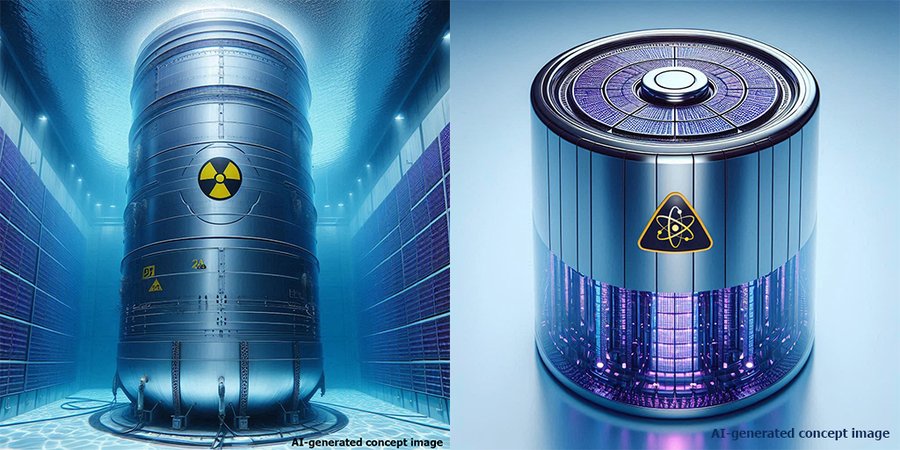
Nuclear power already has an energy density advantage over other sources of thermal electricity generation. But what if nuclear generation didn’t require a steam turbine? What if the radiation from a reactor was less a problem to be managed and more a source of energy? And what if an energy conversion technology could scale to fit nuclear power systems ranging from miniature batteries to the grid? The Defense Advanced Research Projects Agency (DARPA) Defense Sciences Office (DSO) is asking these types of questions in a request for information on High Power Direct Energy Conversion from Nuclear Power Systems, released August 1.
DARPA is interested in ideas to take alpha, beta, gamma, and neutron radiation from “any type of reactor,” including fission and fusion, and from nuclear processes and radioisotope decay, and directly convert those radioactive emissions to electricity to meet the specific power and lifetime requirements of a range of nuclear power systems. Respondents have until Aug. 30 to share their ideas.
There’s got to be a better way: “Methods to convert the energy of nuclear fission reactions and the decay of radioisotopes into electricity have not evolved since the invention of radioisotope power systems and fission reactors over 70 years ago and remain unoptimized,” the RFI says. They rely on thermal heat transfer, and “in each step of this indirect conversion method neutrons, heat, and energy are lost to the shielding material, working fluid, and other system materials.”
Advanced reactor designs that use alternative coolants, including helium, sodium, and salts, would still use what DARPA calls “heritage nuclear power conversion technology” with water and steam as the working fluids, as would the fusion power plants being planned today.
Why now? Tabitha Dodson, the program manager for DARPA DSO, which is launching the RFI, told Nuclear News that “two big things” are driving the interest.
“One is the extreme surge of investment in small and advanced nuclear technologies, such as in fusion and space reactors, which do not have a concurrent pairing of advanced power generation methods that doesn’t involve liquid-based heat transfer,” she said. “Next, there has been an order of magnitude improvement in radiation tolerance and efficiency for voltaics in recent years with encouraging performance that indicates radiovoltaics could scale up as an array usable in nuclear reactors.”
Exploring radiovoltaics: The RFI points to research in direct energy conversion based on radiation, or radiovoltaics, which includes semiconductor-based neutron, gamma, beta, and alpha voltaics. In radiovoltaics, radiation indirectly excites electron-hole pairs in a semiconductor lattice—a process that resembles but is distinct from how photons accomplish energy conversion in photovoltaics.
Radiovoltaics has been used to generate electricity from small amounts of decaying radioisotopes to produce commercially available microelectronics and small batteries at the nanowatt to milliwatt levels. “At least two challenges, however, [prevent] these from being viable solutions today for simultaneous high-power, long-duration applications,” according to the RFI. Those challenges are efficiency—"in most cases the efficiencies of radiovoltaics are 1–3 percent per radiation emission”—and the lifespan of candidate semiconductor materials, which is limited by their ability to withstand excess radiation energy over time and maintain performance.
That’s where the order of magnitude improvement in performance that Dodson noted comes in. Recent years have seen “the discovery of radiation-resilient materials that are still able to carry electrons into the conduction band to drive current despite the incursion of radiation-driven defects,” she said. Now, DARPA is interested in the possibility of applying direct energy conversion beyond the milliwatt power levels that have been demonstrated, and in solutions optimized for neutron and gamma radiation from a fission or fusion reactor.
Scaled to fit: If durable, efficient radiovoltaics can be developed, Dodson sees the potential for them to fit a range of electricity needs. “If we could make an array of cells that could be scaled to any broad area, this power generation method could be paired with any sized nuclear reactor or even nuclear radioisotope power system. It could even be scaled up to a commercial-sized power plant or down to tiny-sized microelectronics. What’s appealing about voltaics versus thermoelectrics or working-fluid methods are how thin, light, pliable, and scalable they could be to any size or form factor,” Dodson said.
Dodson’s work at DARPA has included a key role in establishing and then serving as program manager of the nuclear thermal propulsion rocket program DRACO—the Demonstration Rocket for Agile Cislunar Operations. Space missions and deployments stand to gain from a scalable high power direct energy conversion technology.
“The issues that come with outdated power generation equipment on the ground are magnified for space nuclear technologies since space reactors are size constrained and have to carry all of that equipment with them,” according to Dodson.
Here on Earth, progress in neutron- and gamma-based radiovoltaics could lead to greater availability of small neutron and gamma detectors for reactor instrumentation and control, she noted. The RFI suggests that, with systems scaled for large-scale electricity generation and with improved material lifetimes and energy conversion efficiency, “one could create energy-generating ‘smart shields’ for nuclear systems that simultaneously cut down on nuclear waste.” In such shields, “neutron radiation from a fusion or fission reactor could transmute and decay radiovoltaic lattice materials doped or layered with isotopes that are tuned to absorb the reactor’s neutrons, thereafter generating secondary emission alpha or beta particles to further energize radiovoltaics.”
What is the ask? The RFI asks: “Is it possible to achieve [a] direct energy conversion nuclear power system, ranging in power from 10s of watts electric (We) to 100s of kWe?” DARPA wants information “on the potential to improve specific power greater than 1 We/kg conversion from watts-thermal per radiation emission product,” and information on the potential to improve damage tolerance of the voltaic to nuclear radiation to reach an operating lifetime comparable to the life of its nuclear source, on the scale of decades.
“We will learn what our boundary conditions are when respondents tell us what technologies in the field of voltaics are possible, and we’ll use that to see if there is sufficient scientific rationale make a case to present for further DARPA investment,” Dodson said. “I also hope people are going to start thinking about nuclear systems that use electromagnetic versus thermal-kinetic methods to harvest nuclear energetic reactions.”
Responses can be submitted until 4 p.m. (EDT) on August 30. Questions can be directed to Dodson at DARPA-SS-24-01@darpa.mil.




